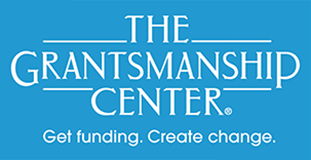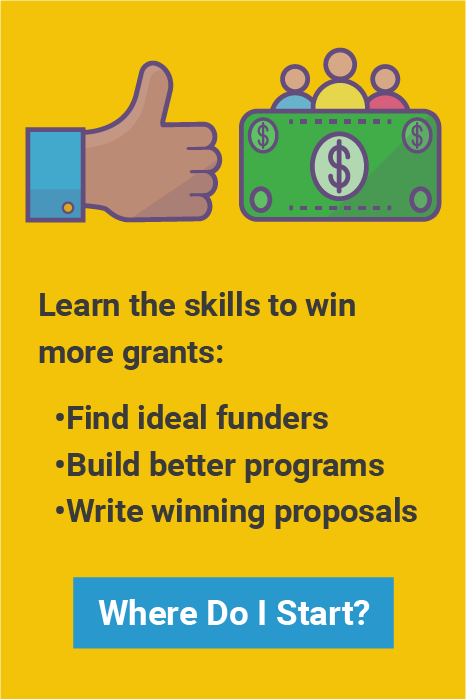
Most, if not all, funders now expect your nonprofit to address diversity, equity and inclusion (DEI) in your proposal. Funders want to know what you have to say about whether and how your organization is diversifying, delivering your work equitably and including all who are a part of your community and society.
It’s a big agenda and a big challenge. It’s much more than counting how many BIPOC staff or board members you have. A nonprofit has the opportunity (and the obligation?) to reach outside itself and engage people it hasn’t previously worked with. Here are several ideas about ways an organization might develop a culture of diversity, equity, and inclusion.
Next time you need to plan a program challenge yourself to invite an array of new and different perspectives. Reach out to people you don’t usually include in the discussion. If college graduates always make the plans, add voices from dropouts. If your organization is exclusively cisgendered, invite gender fluidity into the conversation.
Not all of your organization’s constituents start at the same place, or on the same level. This means that for a program to be equitable it needs to allow for those differences. Can you design your services so they offer different ways to participate—think about languages, impairments, access to computers, all the ways people might need special consideration.
This kind of thinking ought to apply to the way people think and act inside the organization itself, to each other, as well as in engagements with the “outside world.” As one classic example: women usually apply for jobs only if they meet 100 percent of requirements, men often “get by” with 60 percent. How do you value and promote work when men and women start from these very different places?
Does everyone in the organization belong, truly belong, and feel like they do? Is it OK for your co-workers to be their authentic selves or is there a “corporate culture” that discourages individual expression? Of course, organizations have expectations and common procedures—there would be chaos without them—but are all of them necessary and do any of them inadvertently squelch individual identity?
This is essential work for a nonprofit. It matters a little in the proposal language you submit; it matters a lot to the validity and vitality of the organization’s place in society.
Thomas Boyd is Chief Editorial Consultant for The Grantsmanship Center
and an independent consultant to nonprofit organizations.



